
IDF kills Hezbollah terrorist, destroys intel site in Lebanon
The structure also served as the residence of Hezbollah terrorist Muhammad Hussein Qassem, who was eliminated about a week ago.

The structure also served as the residence of Hezbollah terrorist Muhammad Hussein Qassem, who was eliminated about a week ago.
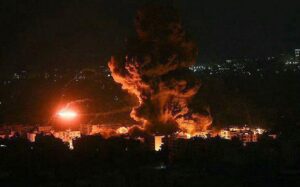
Israeli Prime Minister Benjamin Netanyahu said on Monday that Jerusalem stands ready to support Lebanon in its efforts to disarm Hezbollah.
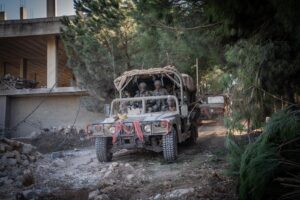
More than 230 terrorist commanders and operatives have been killed, and 40 weapons warehouses and more than 20 command centers and training camps have been destroyed.

The new tech enables combat engineers to map subterranean threats without physically entering the area.

Israel’s military doctrine under Zamir is shifting toward long-term strategic containment of Iran.
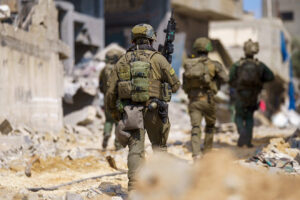
The IDF continues to counter emerging threats along Israel’s borders, applying hard-earned lessons from over two years of war—addressing dangers in real time rather than allowing them to fester.

The IDF is systematically eliminating remaining Hezbollah commanders who continue to challenge Israel.
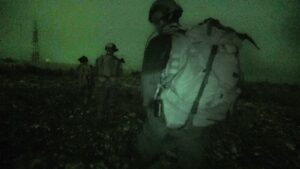
In a coordinated series of raids, IDF reserve units uncovered and destroyed Hezbollah weapons caches, firing positions, and an underground arms depot, dealing a significant blow to the group’s operational capabilities along the northern border.

The IDF eliminated two senior terrorists in Lebanon—Hezbollah commander in the Zaharani sector, Hussein Ali Mazhar, and top Hamas official Mahran Ba’jour—both key figures in orchestrating and advancing rocket attacks against Israel.
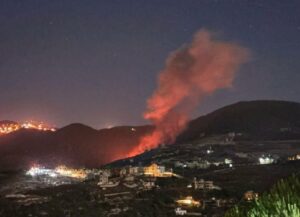
Lebanese President Joseph Aoun, Prime Minister Nawaf Salam and Berri have declared their commitment to bringing all arms under state control.
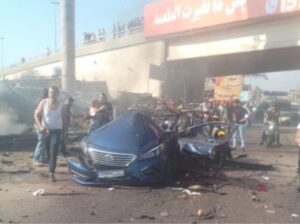
A roadmap for Lebanon proposed by U.S. envoy Tom Barrack calls for the disarmament of non-state groups and the placement of all weapons under state control.

On Friday, Israeli Air Force fighter jets struck a Hezbollah site in the Nabatieh Governorate, targeting a facility used to manage the terrorist group’s fire and defense systems in the Beaufort Ridge area.
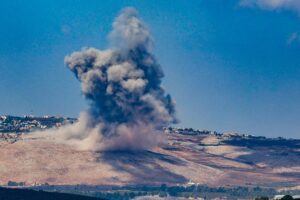
Hezbollah has also condemned Israel’s ongoing offensive in Iran but has stated that it will not militarily get involved.
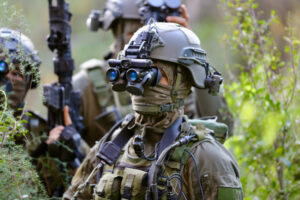
The Lebanese Resistance Brigades was established by Hezbollah in the 1990s to broaden the group’s influence in Lebanon, with members hailing from Sunni, Christian and Druze communities.
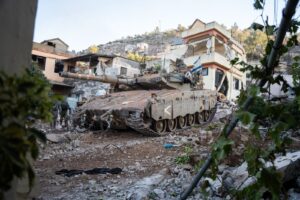
Following the entry of the IDF ground force, the Lebanese army has been conducting patrols and sweeps in the town, near the Israeli force.
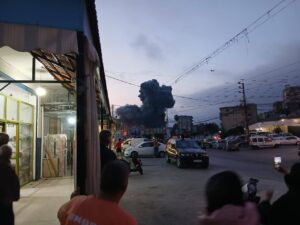
Following IDF evacuation warnings, Israeli fighter jets bombed a building in southern Lebanon used by Hezbollah to plan attacks against Israel and store weapons—violating the current ceasefire.

The IDF recently eliminated two Hezbollah terrorists—Hussein Nazia and a commander of the Al Mansouri compound—who were working to restore the group’s capabilities by rebuilding infrastructure and attempting to smuggle weapons.
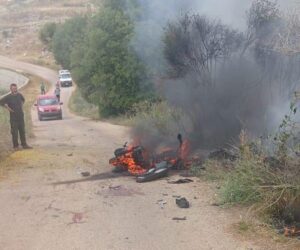
In a targeted strike, the IDF eliminated a Hezbollah terrorist who was restoring a previously attacked command site on Beaufort Ridge in southeast Lebanon.
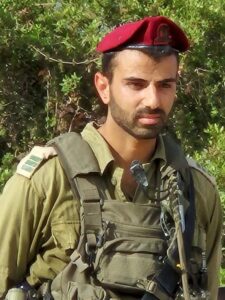
Maj. Ofek Bachar, 24, from Ness Ziona, served as a company commander in the elite reconnaissance unit of the Golani Brigade.

The statement did not say how much longer Israeli forces might remain in south Lebanon, where the Israeli military says it has been seizing Hezbollah weapons and dismantling infrastructure used by the Shi’ite armed group.